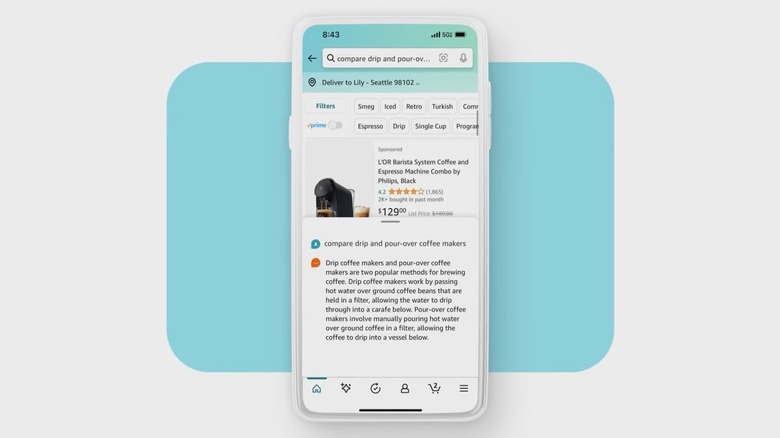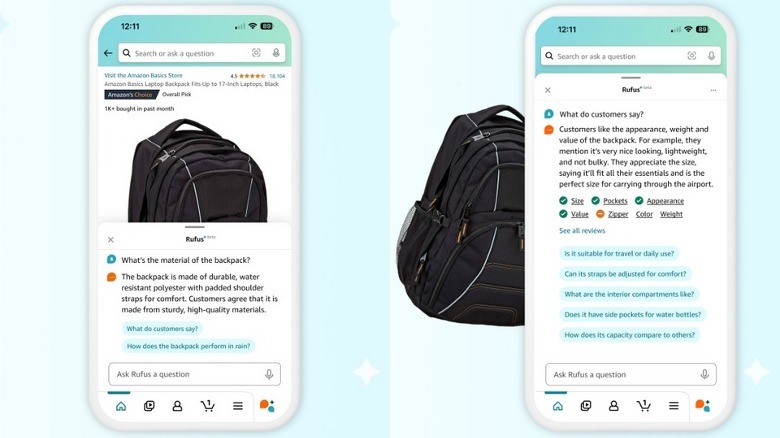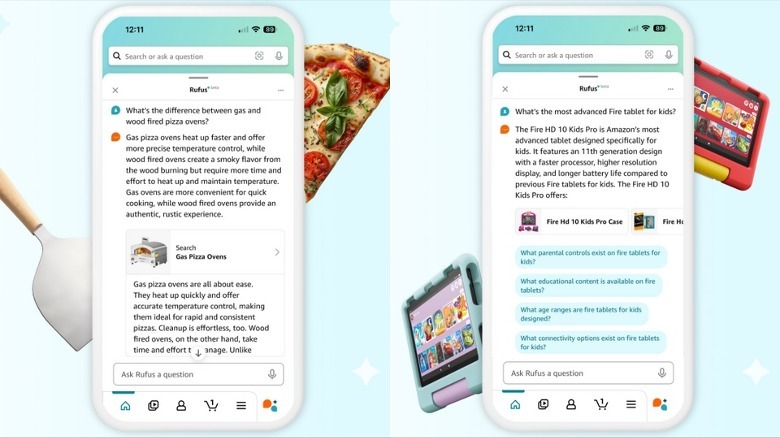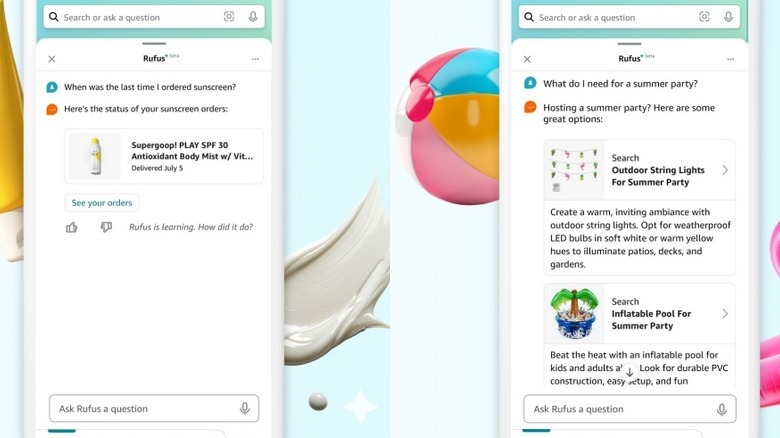Amazon's Rufus AI Now Available For Everyone In The US: Here's How To Use It
Amazon has been using AI for quite a while, deploying it for tasks such as detecting fake reviews and finding defective products. In February this year, Amazon stepped up and announced a conversational shopping tool based on generative AI that would help shoppers on the company's eponymous marketplace. After testing it among a small circle of users, the company has today released Rufus for all of its customers in the U.S. market.
Amazon says it has trained Rufus — named after a Welsh corgi that once used to roam its warehouses — on its extensive product catalog, customer reviews, product Q&A, as well as information pulled from the web. It can answer natural language queries such as specific details about a product, make product recommendations, offer suggestions regarding the right product, get updates on cart items, and more.
The core idea is to save shoppers a trip down the confusing settings pages and lose time doing their own web research. For example, it can help you get started from scratch. Ask it a basic query like "What to consider when buying running shoes," and it will lay out details like mesh form, foam details, and cushioning, just the way you would see a cleanly formatted article on the internet.
Likewise, you can ask questions like "What would be the best gift ideas for a baby shower," and it will come to your rescue. Similarly, inquiries like "What's the difference between a fountain pen and a ball pen" will not only provide answers, but will also suggest product listings on Amazon to ease the shopping experience.
An online shopping spree companion
Rufus is now available with the latest version of the Amazon app, and can be accessed by tapping on the Rufus icon in the bottom-right corner of the screen. Depending on the page users are currently viewing, tapping on the button will also view pre-draft questions relevant to the product listing.
Rufus will also come in handy for shoppers who need niche details about a product, but can't find them on the poorly-designed Amazon interface. Customers can pull up the assistant and ask questions such as "What's the read speed on this USB drive" on the product page, and Rufus will gather all the relevant information after reading through the product detail page, Q&A section, and reviews.
Another well-known issue that shoppers face is making an informed comparison. Rufus will do that, as well, helping sort out dilemmas like "Is an OLED TV better for me or one with a QLED panel," or something as specific as "safety boots for working in a polymer factory." Logistics is another area where Rufus will be of assistance, as it can offer answers such as "Where is my order for a 6-pack of Gatorade?"
Of course, it's not going to be perfect. "It's still early days for generative AI, and the technology won't always get it exactly right," warns Amazon. In a nutshell, Rufus is helpful, but where you need extensive research done, don't trust it blindly and head over to Google for some manual labor. And given the way Rufus is built to move Amazon products, you should definitely do some price-matching, as well.



